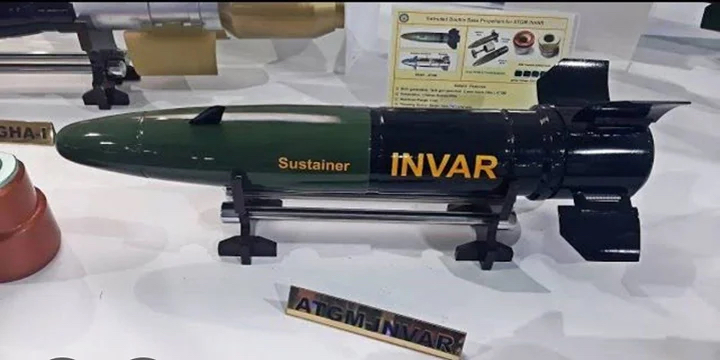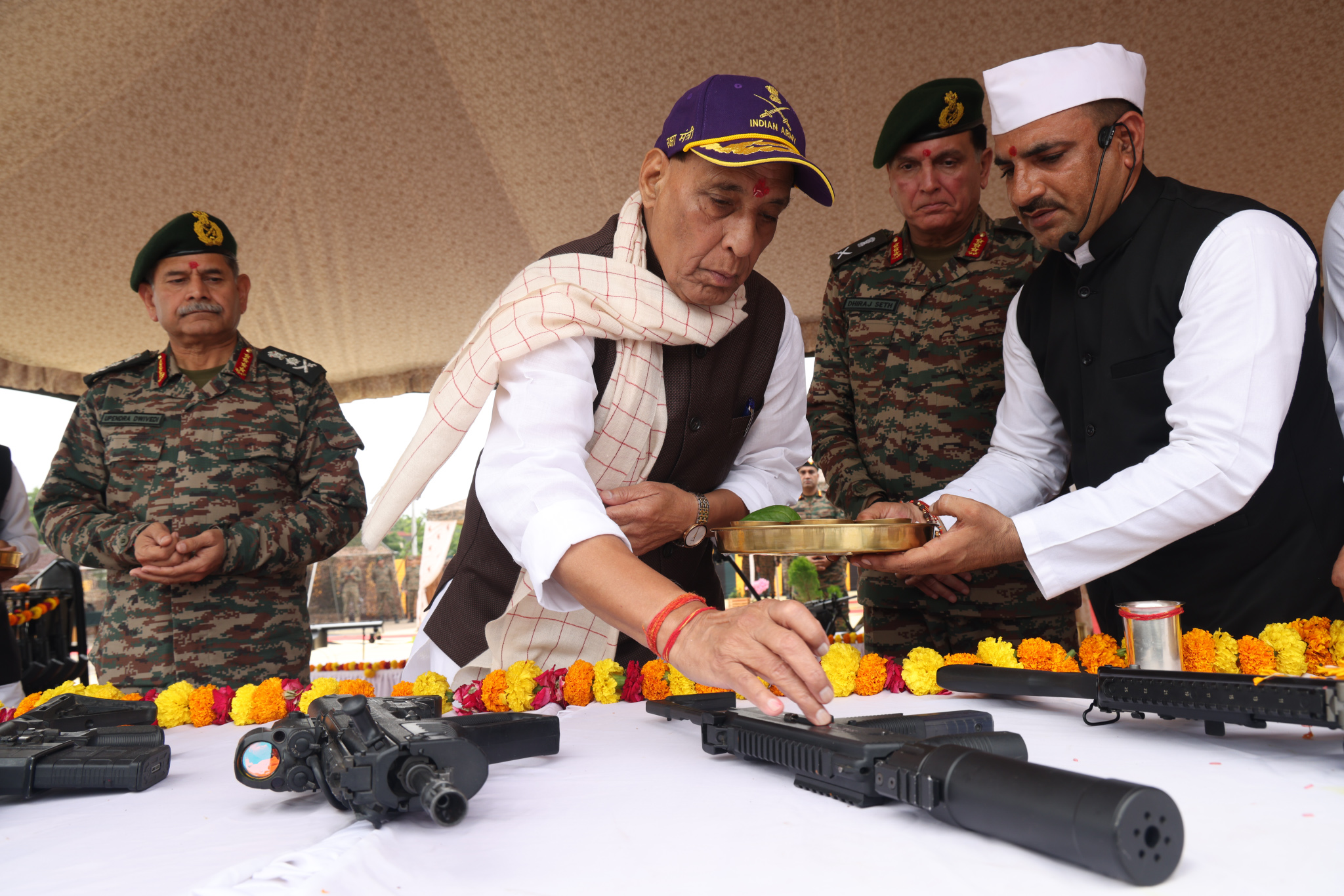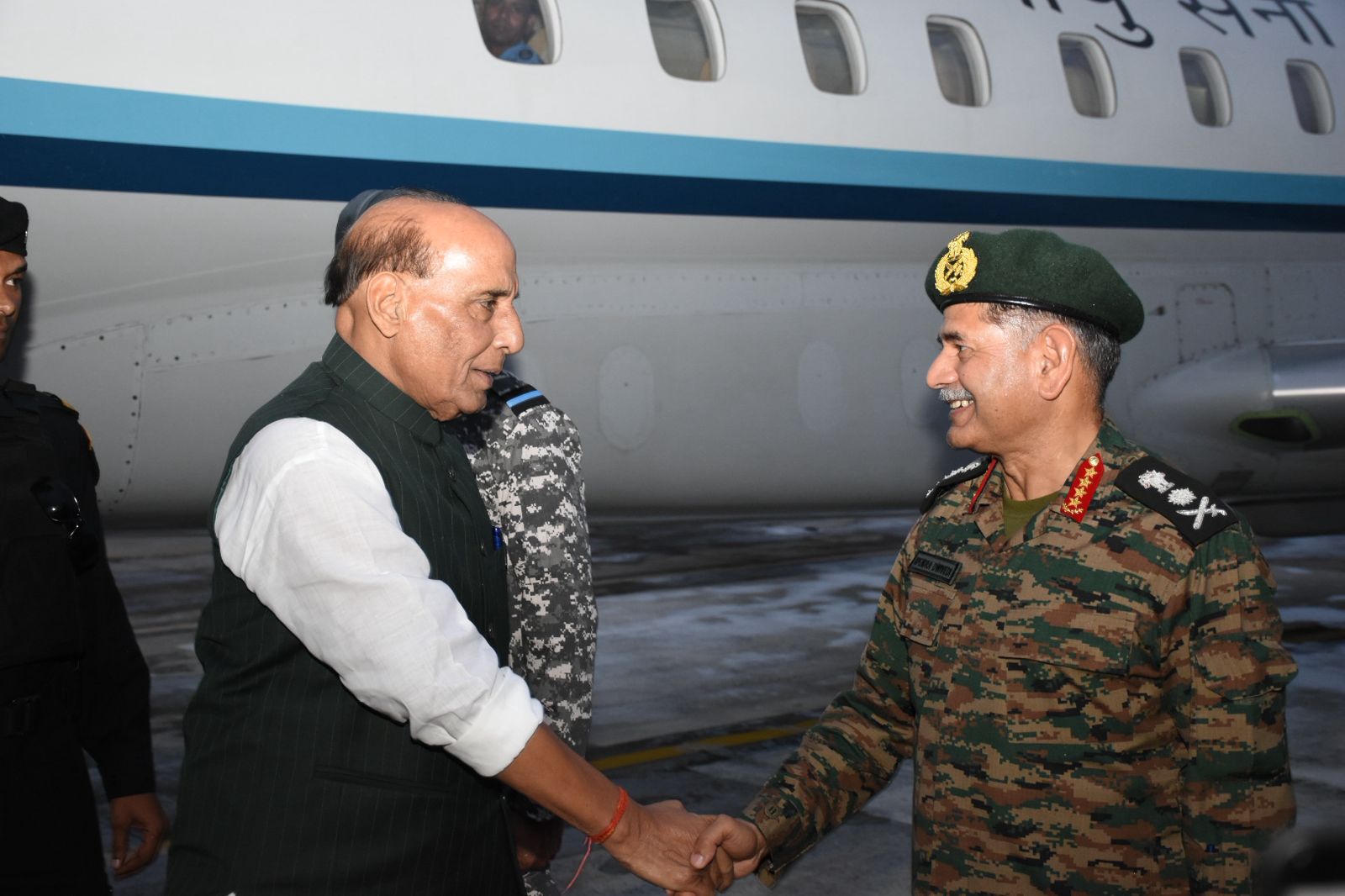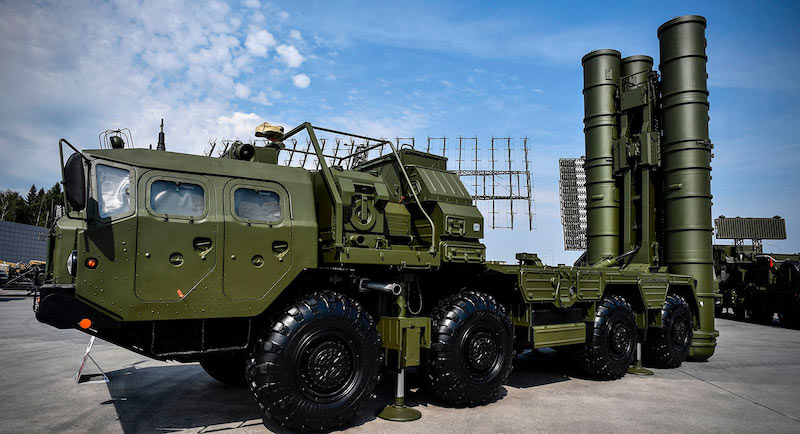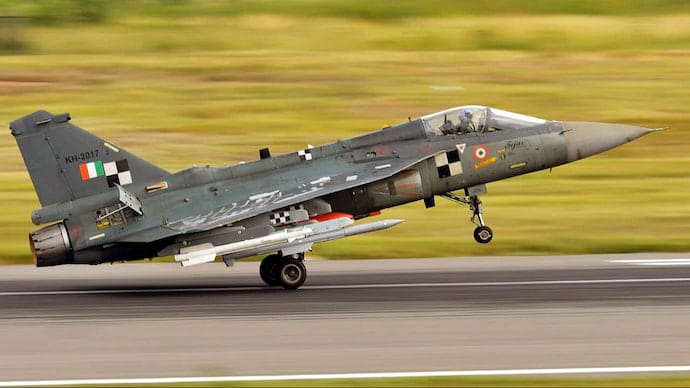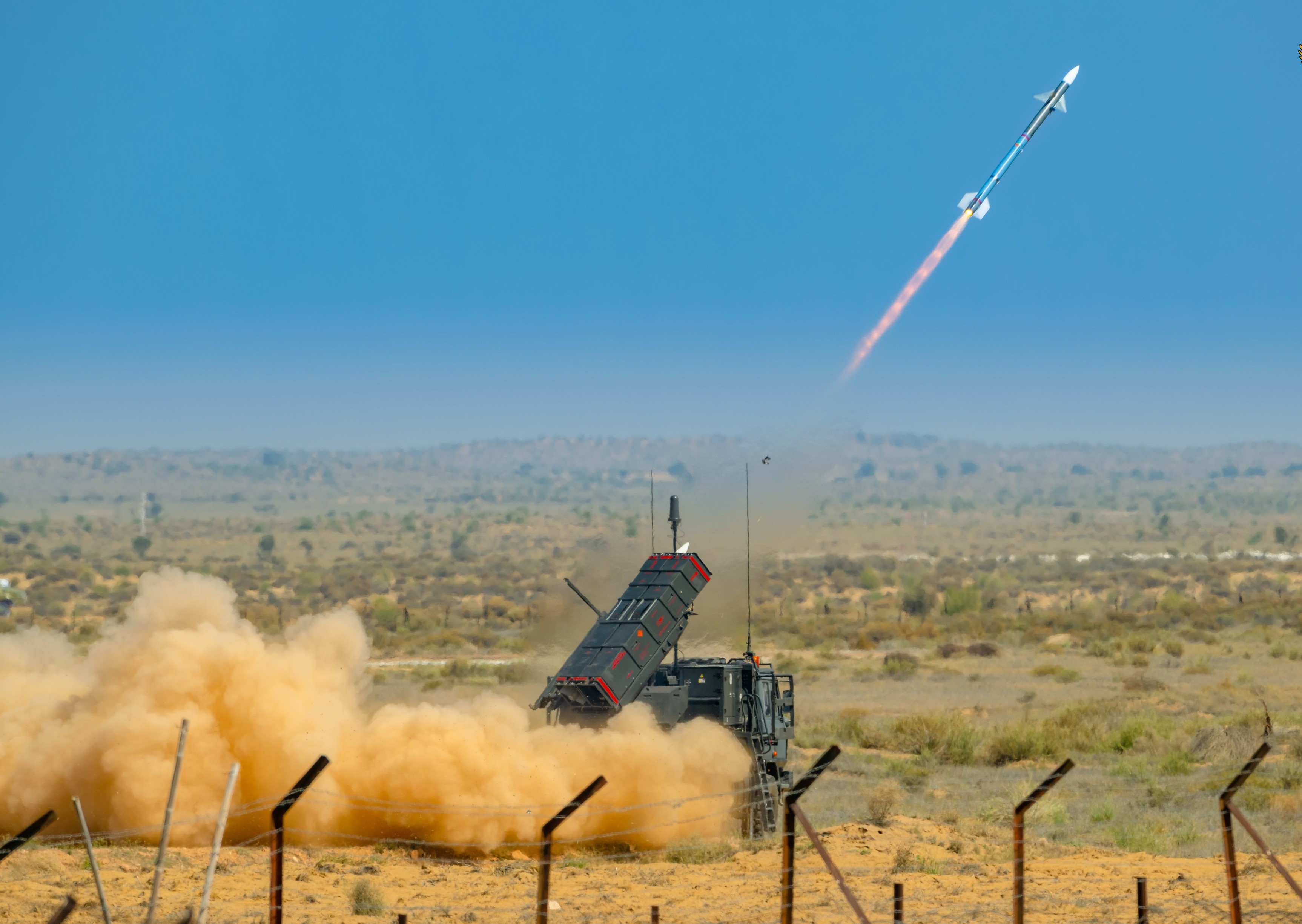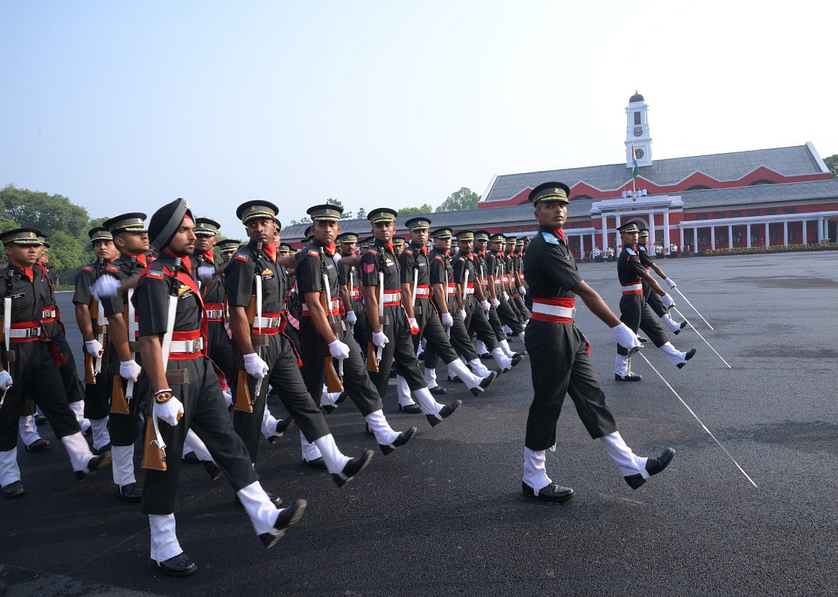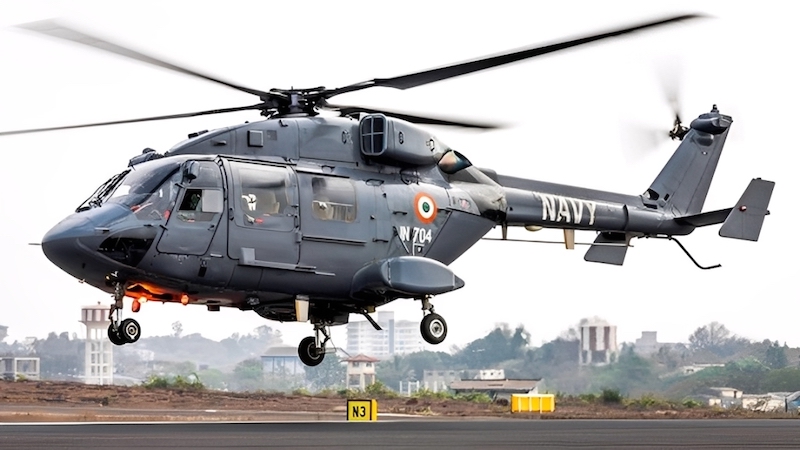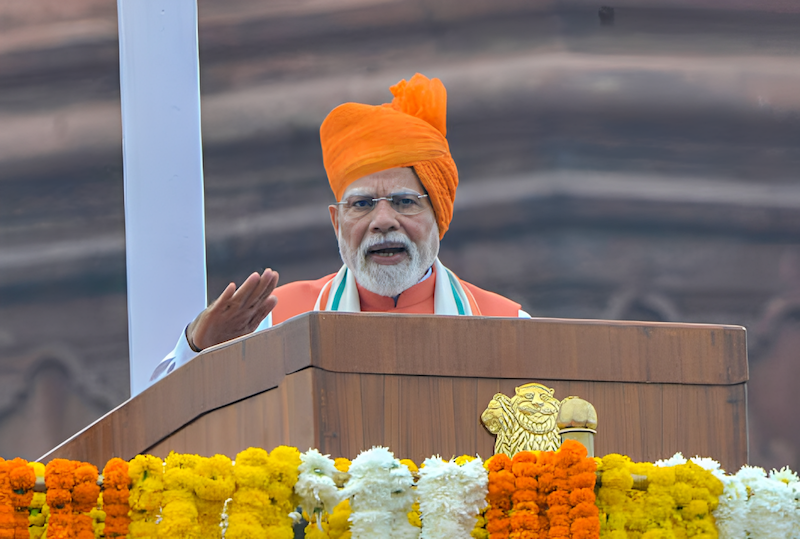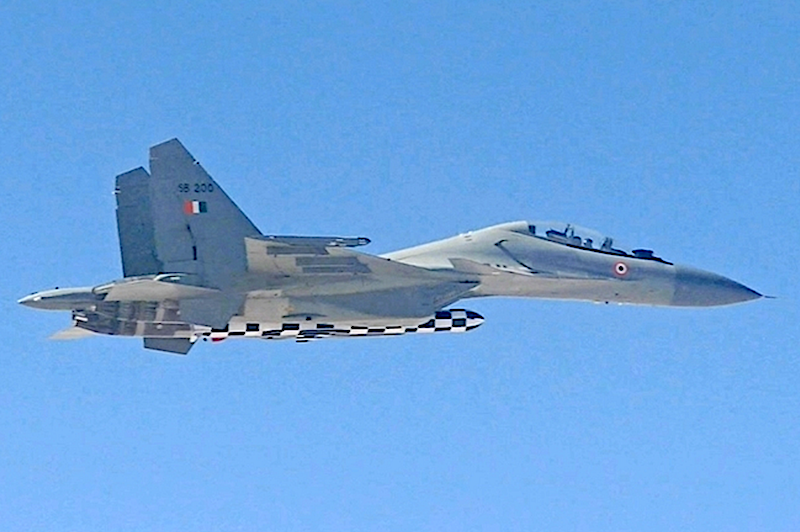 A modified IAF Sukhoi-30MKI carrying a BrahMos missile. (File photo: IAF)
A modified IAF Sukhoi-30MKI carrying a BrahMos missile. (File photo: IAF)
New Delhi: Operation Sindoor, executed between the late and early hours of May 6 and May 7, was a meticulously planned triservice military operation. The Indian Army, Indian Navy, and the Indian Air Force collaborated to deliver precision strikes against nine terrorist bases located deep within Pakistan and Pakistan-occupied Kashmir (POK).
These camps, some in Pakistan heartland province of Punjab, were linked to Lashkar-e-Taiba (LeT), Jaish-e-Muhammed (JeM), and Hizbul Mujahideen – groups responsible for a string of attacks on Indian soil, including the recent Pahalgam massacre.
The government said the operation was designed to be non-escalatory, with a clear directive to avoid targeting any Pakistani military facilities. This careful calibration was intended to punish the perpetrators of terror without provoking a wider conflict.
While Operation Sindoor was a mainly Air Force operation, the Navy played a crucial supporting role from the sea, providing surveillance, electronic warfare, and logistical backup. The Army contributed to the operation’s planning and intelligence, ensuring seamless coordination among the three services.
Air Power and Precision Munitions
The backbone of the aerial assault was the IAF’s Rafale fighter jets. These advanced multirole aircraft, acquired from France, were equipped with Scalp (système de croisière autonome à longue portée – emploi general/long-range autonomous cruise missile system – general purpose) cruise missiles, which in Britain is called the Storm Shadow, and Hammer (highly agile modular munition extended range) precision-guided munitions, also known as AASM (armement air-sol modulaire/ modular air-to-ground armament) Hammer.
The Scalp missiles, renowned for their stealth and extended range of over 500 kilometres, enabled the IAF to strike targets from within Indian airspace, never crossing into Pakistani territory. The Hammer munitions provided additional flexibility for engaging fortified or time-sensitive targets.
Apart from the Rafale fighters, India used its frontline Sukhoi-30MKI fighters in the operation as well. The IAF has at least two squadrons of these advanced Russian-origin fighters that have been modified to fire the BrahMos supersonic cruise missiles, which can hit land and sea targets with pin-point accuracy from 300 to 500 kilometres away.
Missiles and Loitering Munitions
Reports indicate that, in addition to the Scalp and Hammer munitions, India deployed advanced weaponry such as BrahMos supersonic cruise missiles and loitering munitions. The inclusion of BrahMos, a joint India-Russia missile system, marked a significant escalation in India’s use of indigenous high-precision strike capabilities.
Was BrahMos Missile Used in Operation Sindoor?
Indian government statements and major news outlets have confirmed the use of precision stand-off ammunition in Operation Sindoor. The Ministry of Defence described the strikes as “focused, measured, and non-escalatory.” However, it didn’t specifically mention the deployment of BrahMos missiles and loitering munitions alongside other precision weaponry, although its statement insinuated it.
Nonetheless, several detailed reports claimed the use of BrahMos during the counterterror strikes as a demonstration of India’s technological prowess.
The Pakistani military, on the other hand, acknowledged that India had fired missiles at locations including Bahawalpur, Kotli, and Muzaffarabad. However, they maintained that all strikes were conducted from Indian airspace and that no Indian aircraft intruded into Pakistani territory.
Pakistani air-defence systems, primarily Chinese-supplied HQ-9 and LY-80 platforms, failed to intercept any of the incoming missiles-underscoring the effectiveness of the Indian strike package and the limitations of Pakistan’s defences.
OSINT and Social Media Evidence
Open-source intelligence (OSINT) analysts and social media users have circulated images and videos purportedly showing missile fragments recovered from strike sites in Pakistan and POK. Some of these fragments reportedly bore markings consistent with the BrahMos missile system-distinctive serial numbers, paint schemes, and component shapes unique to BrahMos.
These images have fuelled widespread speculation and debate among defence watchers and regional security experts.
Despite some seemingly irrefutable evidence, some analysts have cautioned that not all missile fragments can be conclusively identified as BrahMos without independent verification. The fog of war, deliberate disinformation, and the complexity of modern munitions make absolute certainty elusive.
However, the convergence of official statements insinuating the use of BrahMos, media reports, and OSINT findings strongly supports the conclusion that the missile was indeed used in the operation.
Strategic Significance of BrahMos Use
The reported use of BrahMos in Operation Sindoor is significant for several reasons. The employment of BrahMos missiles possess extraordinary capabilities that transform the security calculus in South Asia.
The BrahMos’s range of 300–500 kilometres coupled with its supersonic speeds enables India to strike high-value targets with minimal warning time and exceptional accuracy.
The deterrence value of deploying such advanced weaponry cannot be overstated. Perhaps most critically, the reported inability of Pakistan’s air-defence systems to intercept the incoming BrahMos missiles has exposed a considerable vulnerability in its strategic posture.
Operation Sindoor marked a watershed moment in India’s counterterrorism strategy, blending military precision with diplomatic and economic measures.
The triservice operation showcased the Indian armed forces’ ability to plan and execute complex strikes deep inside hostile territory, using a combination of delivery platforms, like Rafale and Sukhoi-30MKI fighters; an array of munitions, like Scalp and Hammer; drones and loitering munitions; and, crucially, the possible use of BrahMos supersonic cruise missiles.

